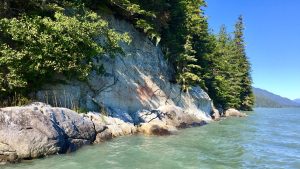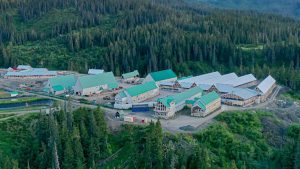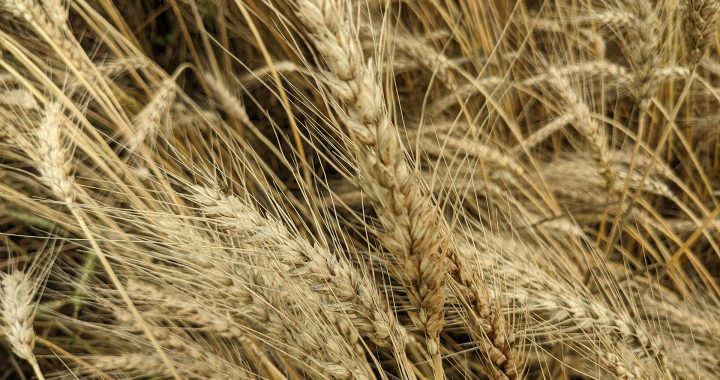A southeast Native Alaskan organization is petitioning the province of B.C. to be granted formal Indigenous recognition so it can be consulted on mining projects that may impact transboundary rivers.
The Southeast Alaska Indigenous Transboundary Commission (SEITC) is an organization consisting of Tlingit, Tsimshian and Haida tribal nations.
In late January, it sent a petition to B.C.’s environmental assessment office seeking participating Indigenous status in Canada.
If granted, the province and Canada would be required to consult with SEITC tribes on mining projects impacting rivers that cross into Alaska.
It would also be the first time a U.S. tribal organization received formal recognition in Canada.
At the heart of the petition is the Unuk River which flows around 130 km from the interior of B.C. to the Pacific Ocean. Around 40 km of the river crosses into southeast Alaska.
Louie Wagner Jr., who is Tsimshian and Łingít from Metlakatla, Alaska, has ancestral ties to the Unuk and has been harvesting from it for more than 60 years.
A petroglyph of his family’s crest, which he said is more than 10,000 years old, can still be seen along its banks.
“Under Łingít Law it’s a deed to the river,” he said. “(It’s) showing ownership of belonging to our family.”

Wagner has spent the majority of his life fishing for hooligan, a small oily fish that is prized by southeast Native Alaskans.
He said the fish were once abundant in the river with catches totaling around 30,000 lbs.
But he feels mining projects like the Brucejack mine, near Stewart, B.C. along the Canada-Alaskan border, have impacted Unuk River hooligan and other marine and wildlife.
Brucejack is one of at least six proposed or operating mines dotting the Unuk, Taku and Sitkine rivers upstream of the U.S.-Canada border. Nearly 90 per cent of the B.C. side of the Unuk watershed is now staked with Canadian mineral claims.
“Since that Brucejack started up, I personally have seen what they’ve done to our river,” Wagner said.
“Just the debris and the lack of salmon now. The (hooligans) actually stopped coming in there for a while. They’re just a small run, not like normally a large run.”
Wagner, who is a delegate for SEITC, said he wants to see the Unuk protected from environmental pollution and other containments.
That’s why he and SEITC are pushing to have their voice heard when it comes to the proposed reopening of Skeena Resources’ Eskay Creek project, an open-pit gold-silver mine located around 85 km northwest of Stewart.
Wagner is concerned another mine could have serious consequences for the health of the river.
“This mining is destroying us,” he said. “We’ve had so many of our Elders pass and they haven’t had hooligans. These young people aren’t even going to probably want to eat it because they’re not brought up on it like the rest of us.”
‘Keep the water clean’

Robert Lundberg, a lawyer with non-profit environmental law firm Earthjustice, which is representing SEITC, said the law dictates Indigenous people outside of Canada have rights when it comes to transboundary issues.
He pointed to section 35 of the Canadian Constitution which mandates consultation with Indigenous people on projects impacting their ancestral lands.
He also noted the 2021 Supreme Court of Canada ruling which found Sinixt Nation member Richard Desautel had a right to hunt in his ancestors’ territory even though he’s not Canadian.
“That’s why it’s so important for SEITC’s voice and the tribes it represents to be properly heard in the process and for them to be properly consulted,” he said.
SEITC is now waiting to hear back from the province.
Though Lundberg could not discuss details, he said if the organization is not granted participatory status it will likely take legal action.
But an issue that might complicate SEITC’s fight for recognition when it comes to the Eskay Creek project is the Tahltan Nation.
In 2022, the Tahltan declared its support of the project, which falls on its territory, by signing a consent-based decision making agreement for the project with the B.C. government.
APTN News did not hear back from the Nation by deadline.
On Feb. 19, SEITC submitted a brief to the Inter-American Commission for Human Rights requesting a hearing on what it claims is the approval of “underregulated” gold-mines in B.C. It argues the province and Canada are violating its members’ human rights to a healthy environment.
The commission has not yet responded to SEITC’s request for a hearing.
Meanwhile, Wagner said he will do what it takes to protect the river that has sustained his family for millennia.
“It’s so important to keep that water clean.”









